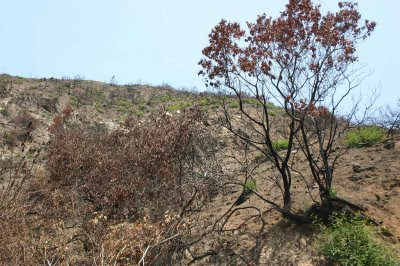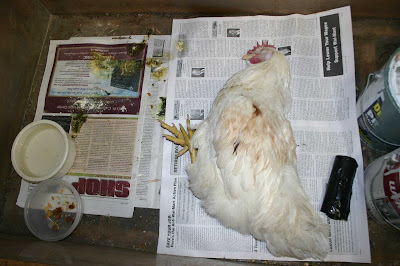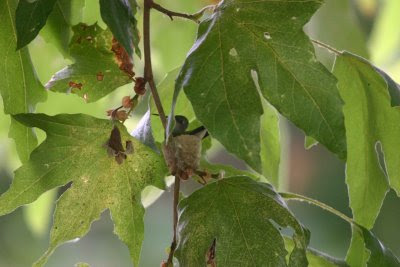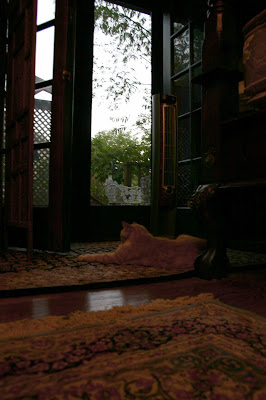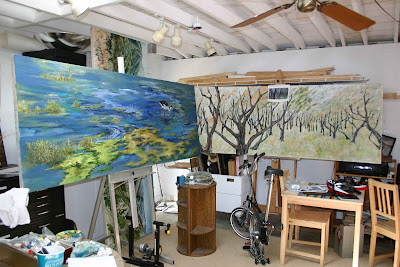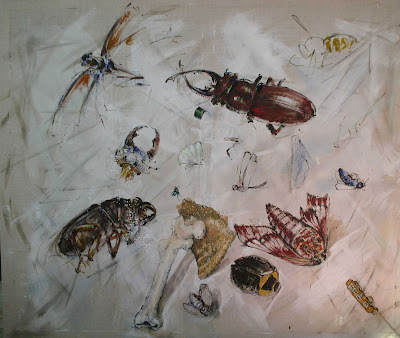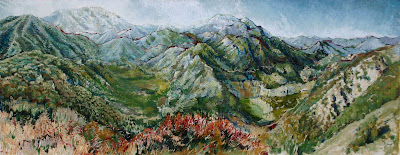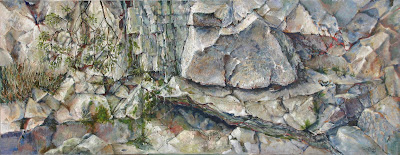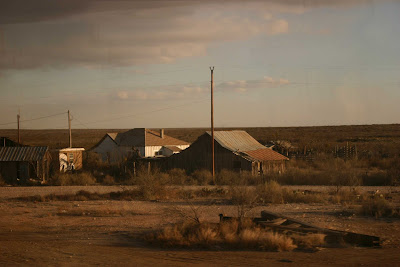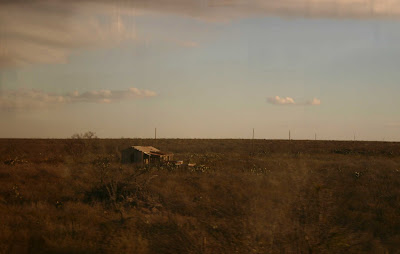
Ahhhhh.... Back at Mugu this summer to next spring. I sure miss this place! I have been hired to look for endangered insects and to write an assessment of the marsh and lagoon's insect populations. I have set up five trapping suites in and across the marsh and salt pannes.
At Mugu there are birds (shore, chord grass, fresh water, riparian, pelagic), and mammals (besides people, are sea lions, seals, coyotes, rabbits, mice, rats, voles, bats, and shrews) reptiles (snakes, lizards, only the bones and parts of a shell from one California tortoise), and insects and other Arthropods (two species of crab and snails). Snakes eat insects, and small mammals. Small mammals eat insects, too but the coyotes eat the small mammals - rarely birds (from the scat). Seals haul out not to eat but to sun bath and mate. Some birds eat the crabs, but many eat insects.
The salt tolerant insects, that feed on kelp and fungus in huge numbers may be, I believe, the cinch pin for terrestrial life in the marsh. It has been said that God must have loved beetles because there are so many of them in the world... But, I think Poseidon loved .... Diptera.
In the photo above, it must be noted that the size of these insects is important. The round stick in the frame, on the right at the bottom, is the tip of my mechanical pencil lead, 0.7". The flies are floating in alcohol 90%.
This is an image of three important flies in Mugu. This is not to say that the others are not as important, but these three are interesting because either of their great numbers all over the marsh or because of their unkown biology. Dolichopodidae are also vital and are in plenty of numbers in marshes and other wet (fresh and salty) areas. The Sarcophagidae, Calliphoridae, Muscidae, Otididae, Drosophilidae, Syrphidae, Platypezidae, Anthommyzidae, Diastidae, Tethinidae, Bibionidae, Scaridae, Chaoboridae, Ceratopogonidae, Chironomidae, Tabinidae, Staratiomyidae, Bombyliidae, Empididae, Chloropidae, Tachinidae, espcially, Psychodidae all can be in riparian, forest and urban backyard areas,too. Oh, and we can't forget about Simulidae, too... which are indicators of highly oxygenated water (good) but the females need a blood meal to lay eggs (bad, if they are not species specific in their supping of local mammals or birds - you). But, Simulidae, or Black Flies are fresh water insects.... how did this one find its way into Mugu???

There are fresh water inlets into the marsh from inland and from run off from the farms.... oh, and there are Culicidae - mosquitoes.
The top fly is an Ephydridae. You can always tell this Family by it's flat or frog like "lower jaw" - and this one has setae on its 'upper lip' so, I believe it to be Ephydra hians. Ehydridae are called Shore flies but some of this Family are called Petroleum Flies for their propensity to live, mate and eat around oil seeps like at La Brea Tar Pits. Most Ephydridae are capable of living in highly saline conditions, an environmental of evolutionary distinction. They are important because of their numbers in marshes, tidal pools and inland salt flats and lakes. They are food to the birds and vertebrates and invertebrates in those areas... One group of Native Americans, the Modocs, subsisted on the larvae of Ephydridae in the Great Salt Lake on a seasonal basis for hundreds of years.
The larvae of Ephydridae are filter feeders of microorganisms in shallow waters, some adult Ephydridae are parasitoids of marsh inhabiting spiders, and one group are predators of Chiromonidae.
The fly on the left is identified by its triangular spot on the top of its otherwise light colored head, where it sports three other 'eyes' or ocelli. Chloropidae fly in swarms of great numbers. Some are leaf miners, phytophagous, some are saprophagous (feeding on decaying plants, animals, and fecal matter, and a few have been bread on fungi). I am making a jab at its genus, Oscinisoma sp..
The middle fly with the mustache and goatee is a Phoridae. They are sometimes called Scuttle flies because of their jerky movements, walking. This is the first real find in a few years (I have either helped in identifying insects traped for UCLA's biological surveys for the Navy or been the sole insect identifier since 2001). The 1983 Los Angeles County Natural History Museum's insect study referenced past work done for the Navy and did not by all indications, find any themselves. Phoridae are attracted to the decomposition emanating from dead flesh and vegetable matter. There are a few genus that are interesting predators on other flies, bees, and then .... there is this ant decapitating fly.
This specimen is, Megaselia sp., identified by Dr. Brian Brown at the LACNHM (thank you!). Phorid flies may swarm in numbers, but VERY few are caught in the traps at Mugu. This year I caught 8 in drop and Malaise traps and 52 in the sticky traps.
It just seems a very interesting point that the most diverse and abundant group of multicellular organisms at Mugu, are Diptera. And many of Diptera are involved, in some way, with fungus, especially at the marsh. It has been found that the Salicornia sp (pickle weed) has a particular symbiotic relationship with fungus (Mycorrhiza)
Decomposition is all around you at the marsh. The smell of sulfur is in its many forms is all around you. And sometimes you get a whiff of the decomposing bodies of seals that wash up on the beach. AHHHHH! That's nature for you!
One young man, who volunteered from UCLA as an undergraduate, said to the graduate UCLA crew who were contracted with the Navy to do ecological studies of the marsh habitat, when he first stepped into the marsh, ".... You know,.... it smells REALLY bad here...." He said this as if this was a very important piece of information that had to be said.... He was surprised when we all chuckled.

